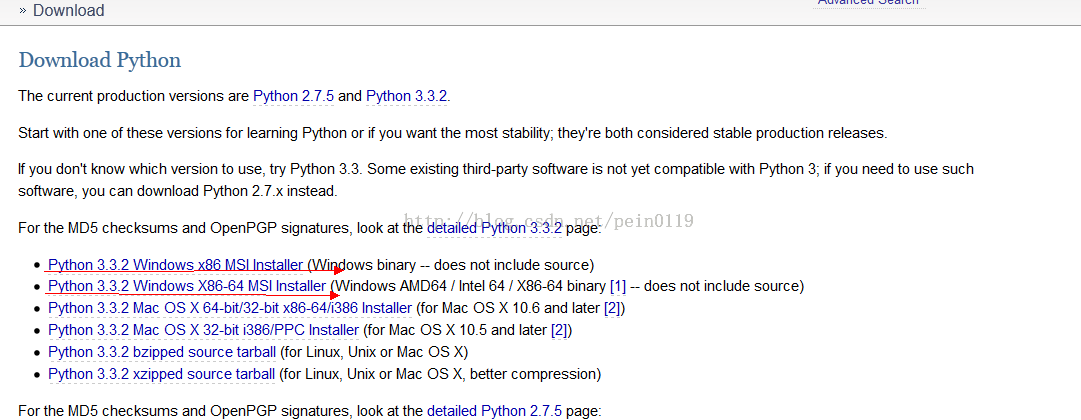python中print()函数的“,”与java中System.out.print()函数中的“+”功能详解
python中的print()函数和java中的System.out.print()函数都有着打印字符串的功能。
python中:
print("hello,world!")
输出结果为:hello,world!
java中:
System.out.print("hello,world!");
输出结果为:hello,world!
我们可以看到,这两个函数的用法是一样的
print()函数还有这种用法:
print("1+1=",1+1)
输出结果为:1+1= 2
同样的,Java中也有:
System.out.print("1+1="+(1+1));
输出结果为:1+1=2
我们发现,在使用print()函数的时候,我们用了一个“,”将“1+1=”和1+1的结果连接起来了,这个“,”起着连接的作用。同时,在使用System.out.print()函数的时候,我们用了一个“+”将“1+1=”和1+1的结果连接起来了,这个“+”也是起着连接作用
我们再来看他们的输出结果,print()输出的是1+1= 2,“=”与“2”之间有一个空格,而System.out.print()输出的是1+1=2,“=”与“2”之间没有空格。这里我们发现python中的print()函数中的“,”不仅起着连接字符串的作用,而且还表示一个空格
总结:
1.python中的print()函数的作用和java中的System.out.print()函数的作用是一样的
2.print()函数中“,”和System.out.print()函数中“+”都有着连接字符串的作用
3.print()函数中“,”还表示一个空格
4.不同的语言都有着很多的相似点,不同的语言又有着不同的新特性
PS:下面看下java中的System.out.print()与System.out.println()的区别
System.out.print();与System.out.println();
前者输出不换行,比如:
System.out.print("a");
System.out.print("b");
结果:
ab
后者输出后换行,比如:
System.out.println("a");
System.out.println("b");
结果:
a
b
总结
以上所述是小编给大家介绍的python中print()函数的“,”与java中System.out.print()函数中的“+”功能详解,希望对大家有所帮助,如果大家有任何疑问请给我留言,小编会及时回复大家的。在此也非常感谢大家对【听图阁-专注于Python设计】网站的支持!
